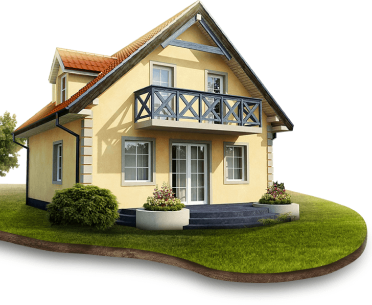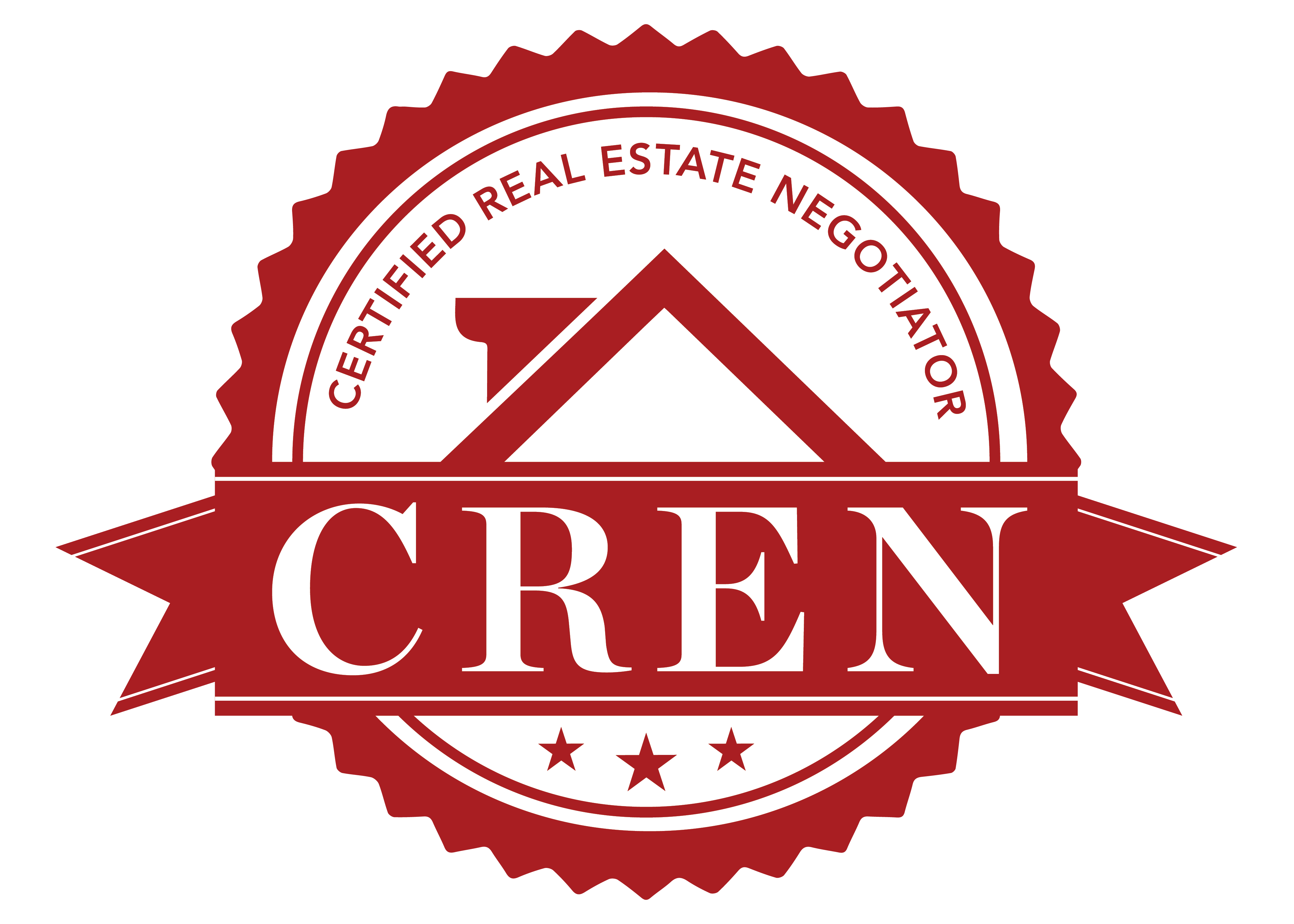
Senior-friendly housing options are designed to meet the unique needs and preferences of older adults, allowing them to age in place comfortably and safely. These homes incorporate a range of features that promote accessibility, safety, low maintenance, community engagement, and access to essential services. Here’s a closer look at some of the key features:
Accessibility
Senior-friendly homes are designed to be easily accessible for people with mobility issues.
This includes:
- Wheelchair Ramps: Smooth, gentle slopes that allow easy access for those using wheelchairs or walkers.
- Wider Doorways: Expanded doorways to accommodate wheelchairs and other mobility aids.
- Grab Bars in Bathrooms: Strategically placed grab bars to provide support and prevent falls.
Safety Features
Safety is a top priority in senior-friendly housing, with features that minimize the risk of accidents and provide peace of mind.
These include:
- Slip-Resistant Flooring: Materials that reduce the risk of slipping and falling.
- Handrails on Stairs: Sturdy handrails to offer additional support.
- Emergency Alert Systems: Systems that allow residents to call for help quickly in case of an emergency.
Low Maintenance
Many seniors prefer homes that require minimal upkeep, so senior-friendly housing often includes:
- Low-Maintenance Materials: Durable, easy-to-clean materials that reduce the need for regular maintenance.
- Energy-Efficient Appliances: Appliances that are not only easy to use but also help lower utility bills.
- Automated Lighting: Smart lighting systems that can be controlled with ease, reducing the need for manual operation.
Community Amenities
Social engagement and physical activity are crucial for seniors’ well-being. Senior-friendly housing options often feature:
- Fitness Centers: On-site facilities where residents can stay active and healthy.
- Social Spaces: Common areas where residents can gather and socialize.
- Organized Activities and Events: Programs designed to keep residents engaged and connected with their community.
Access to Services
To support independent living, senior-friendly housing often provides access to a range of services, such as:
- Meal Delivery: Convenient meal options delivered right to residents’ doors.
- Transportation Services: Reliable transportation options for medical appointments, shopping, and other needs.
- Home Care Services: Access to professional care services to assist with daily activities and health management.
Senior-friendly housing options are designed with the needs of older adults in mind, ensuring they can live independently, safely, and comfortably. By incorporating features like accessibility, safety, low maintenance, community amenities, and access to essential services, these homes provide a supportive environment for seniors to age in place.
Some examples of senior-friendly housing options include retirement communities, which offer a range of housing options from apartments to standalone homes and assisted living facilities, which provide more extensive support and care services for seniors who require assistance with daily activities.
Overall, senior-friendly housing options are becoming increasingly important as Canada’s population continues to age. By providing homes that are designed to meet the unique needs of older adults, these housing options allow seniors to maintain their independence and enjoy a high quality of life as they age.













 Views Last 7 days : 256
Views Last 7 days : 256 Views Last 30 days : 1126
Views Last 30 days : 1126 Views This Year : 8178
Views This Year : 8178 Total views : 12138
Total views : 12138